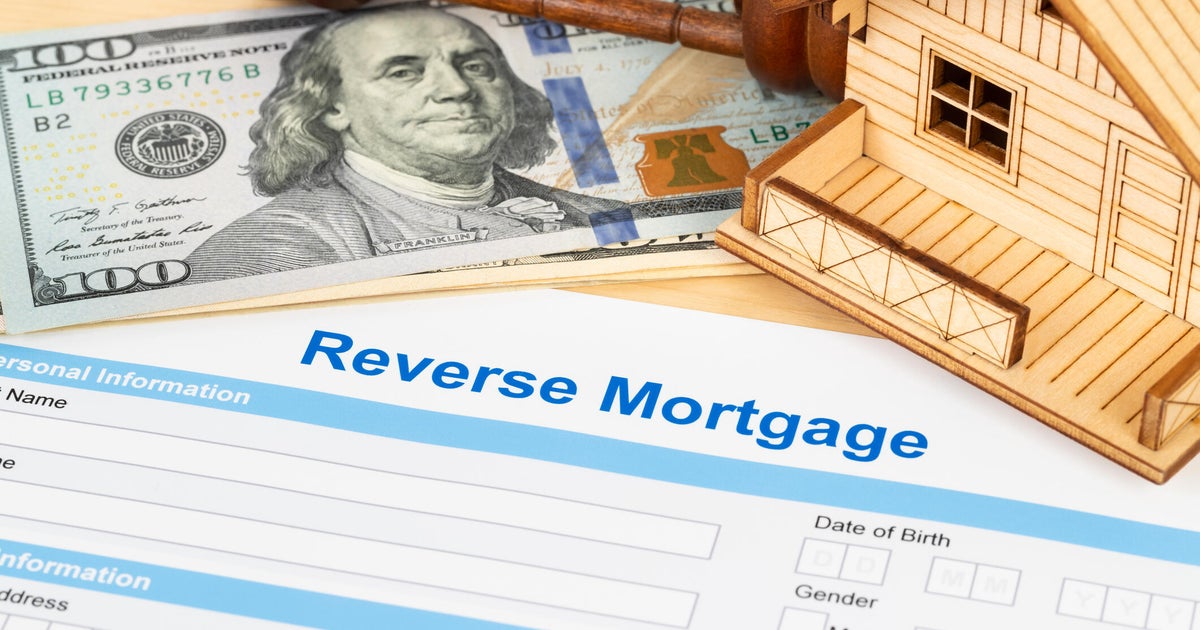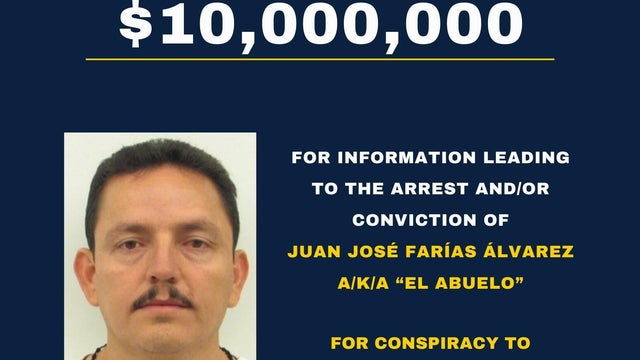

No response returned

As home prices stay elevated in most markets across the nation, and as more older Americans look for ways to unlock the equity in their homes, are gaining attention. These loans, designed for homeowners aged 62 and older, let borrowers without giving up ownership or requiring them to make monthly loan payments. And for seniors on a fixed income, they can offer a much-needed financial cushion.
But while reverse mortgages can be a useful tool , these loans also accrue interest over time. And, since there are no monthly payments made by the homeowner, the loan can grow significantly as the interest charges stack up. In some cases, the reverse mortgage loan balance may even exceed the home's market value by the time the loan repayment is due. If family members want to keep the property, though, they'll typically need to settle the loan balance or face a potential sale.
That's where the 95% rule comes into play. This lesser-known rule could make the difference for heirs hoping to hold on to a family home. Below, we'll detail how that rule works — and why it matters so much.
.
built into federally backed reverse mortgages, known as Home Equity Conversion Mortgages (HECMs). These loans are insured by the Federal Housing Administration (FHA), and the rule is part of that insurance framework.
Here's how the rule works: If your heirs want to keep your home after you die, or after you and a co-borrower or eligible non-borrowing spouse permanently move out, they are required to pay either the full loan balance or 95% of the home's current appraised value, whichever is less.
This rule ensures that your heirs won't have to pay more than the home is worth, even if the loan has grown significantly due to accrued interest. And with no monthly payments required during the life of the loan, , especially if the borrower lives a long time or home values decline.
Let's say a borrower and eventually owes $320,000 by the time they die. However, the housing market has dipped, and the home is now only worth $280,000. Under the 95% rule, the heirs wouldn't need to repay the full $320,000. Instead, they'd be allowed to keep the home by paying 95% of the appraised value — or $266,000 in this case. The remaining loss would be covered by FHA mortgage insurance.
If the home is worth more than the loan balance, however, the heirs must repay the full amount owed, just like with any other mortgage. If they don't want the home, they can sell it, repay the from the sale proceeds and keep any leftover equity. Note, though, that the 95% rule only applies if heirs want to retain the property. If they're not interested in keeping it, they can simply allow the lender to foreclose or turn the home over through a deed-in-lieu of foreclosure.
.
For senior homeowners, the 95% rule offers a level of reassurance that their loved ones won't be trapped in a difficult or unfair situation. Knowing that heirs can keep the home at a reduced cost about passing on debt or losing a family asset altogether. Here are a few key implications for homeowners and their families:
That said, there are still some important caveats. Heirs only have a limited window — usually 30 days — to express intent and up to six months (with possible extensions) to repay the loan or sell the home. And to take advantage of the 95% rule, they will need to secure financing or have the cash available to buy the property.
The 95% rule on reverse mortgages might not be widely known, but it plays a crucial role in protecting heirs and easing the transition of a home after a borrower's death or departure. By capping the cost at 95% of the appraised value, this rule ensures that loved ones have a fair shot at keeping the home, even if the loan balance has grown significantly over time.
And, for senior homeowners , the rule offers a valuable safeguard and an important talking point when discussing long-term plans with family. Still, it's just one piece of the puzzle. Before taking out a reverse mortgage, it's important to make sure the loan — and its future implications — align with your goals.





